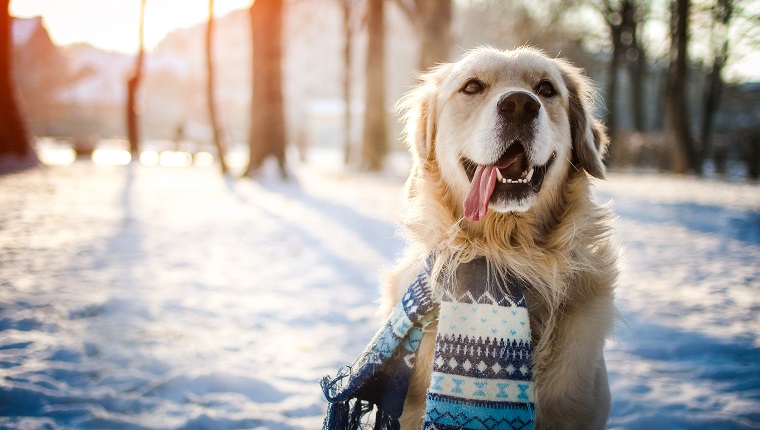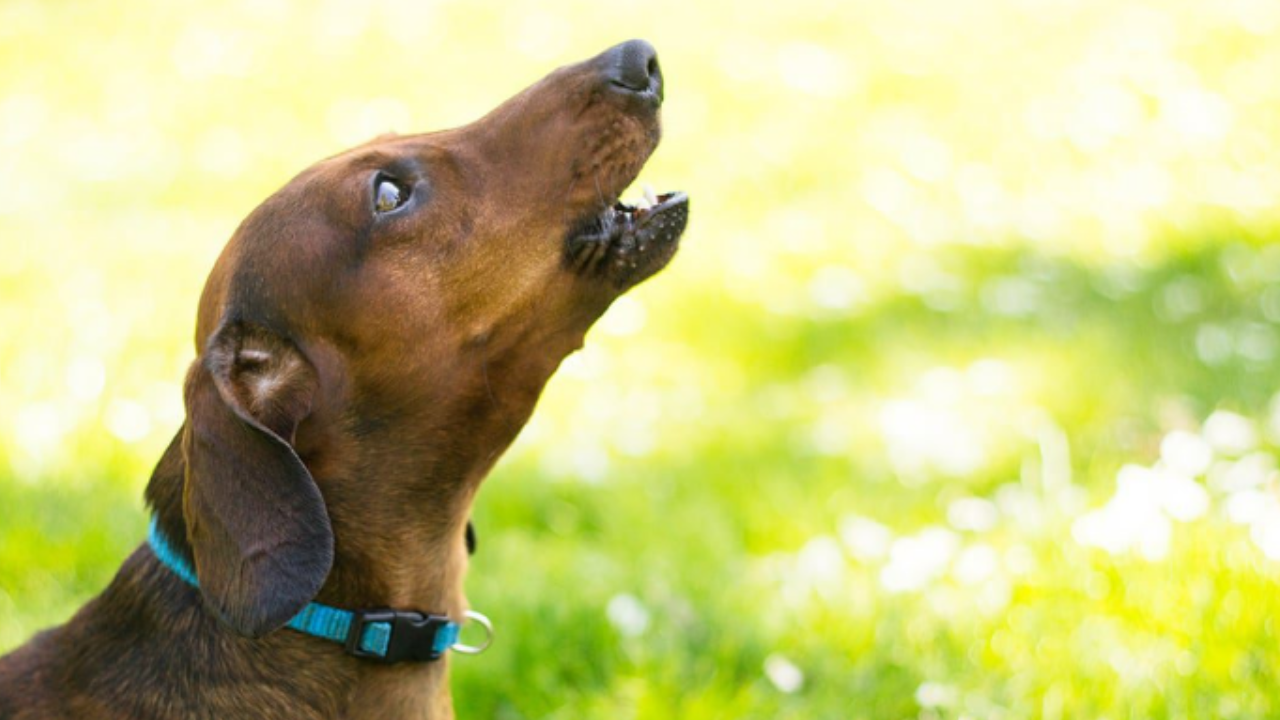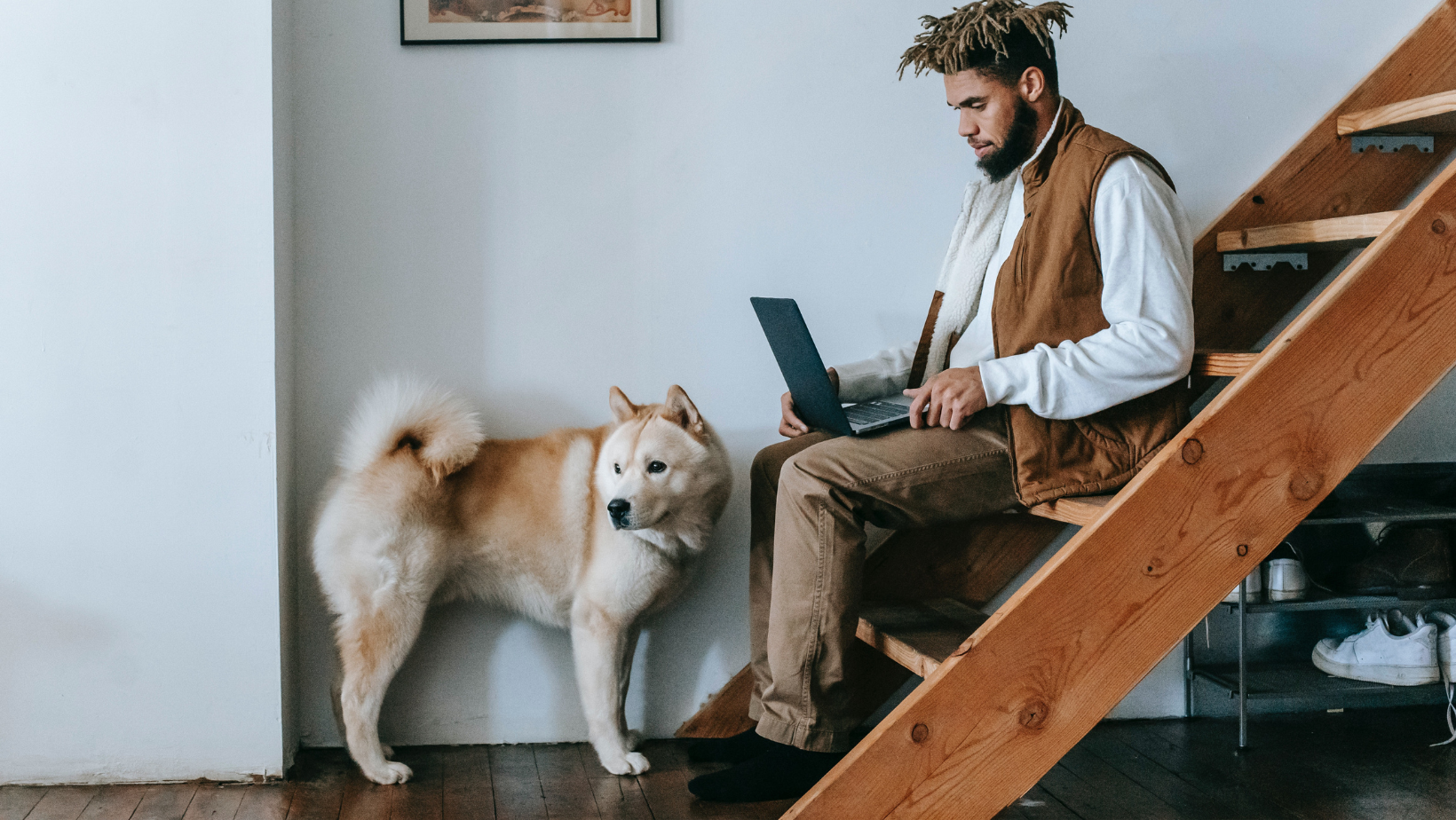How to Read Your Dog’s Body Language

Unlike humans, dogs don’t use speech to communicate. Instead, they have a sophisticated set of nonverbal signs that they employ to talk to us and to each other. They accomplish this by moving their entire body, including their eyes, ears, tongue, tail, and other parts. Even though they do make vocalisations like whining, yawning, and barking, dogs mostly communicate via their body movements. You can better comprehend how your dog is expressing themselves via their body language by observing the following cues. In this blog we will cover how to read your dog’s body language:
Tail Wagging
Many people assume that when a dog’s tail is wagging, it’s happy and joyful. This is not totally accurate, though. Be careful to keep an eye out for items like these to determine how your dog may be attempting to communicate:
- their tail is waving how quickly
- If their tail is waggling in an oblique or diagonal fashion
- if their tail is moving in twitches
Their excitement may be inferred by the speed of their tail. Tail waving to the left is typically a sign of negative arousal. A joyous tail wag that involves the dog’s entire body is often saved for close friends and family.
Another crucial factor in determining the dog’s mood is where they position their tail in relation to the ground. Your dog may be acting fearfully or submissively if their tail is down, between their legs, or in any other way low to the ground. On the other hand, if your dog is wagging their tail, it could be a sign of aggression, self-assurance, or joy.
Some canine breeds naturally have dropped or raised tails. Learn to read your dog’s tail motions and how they apply to the current circumstance.
Posture
Reading a dog’s body language requires an understanding of how their weight is distributed. A dog that is bent over or cowersing, for instance, can be under stress and experiencing fear. In the face of something they dread, the dog is supposed to seem smaller and more submissive by adopting this stance.
When the dog rolls over on their back and exposes their tummy, it is the most severe variation of this stance. This might indicate that a dog is eager for belly rubs, but it can also indicate extreme tension and worry.
Your dog may be interested in something, or they might be irritated and adversely stimulated by something, if they are standing or sitting with their body weight going forward.
When your dog lifts a paw, it may be indicating that it is looking for prey or that it is hesitant or uneasy about anything.
Facial Expressions
Dogs’ facial expressions resemble those of people’s, although they may not necessarily convey the same meaning. People yawn, for instance, when they are sleepy, whereas dogs yawn, for instance, when they are anxious. They will yawn to calm themselves or others in tense circumstances. You might try yawning at your dog to help them unwind during stressful situations.
Under pressure, your dog could lick its lips. Don’t confuse it for hunger; they frequently do it to release tension from awkward circumstances.
The smile on a dog’s face is sometimes the most difficult to decipher facial emotion. It can occasionally signify the exact opposite of what it does to people. Your dog may be menacingly flashing its fangs while grinning, for instance. The grin may be a submissive and endearing gesture if it is paired with a relaxed posture and temperament.
Eyes
Observing your dog’s eyes is a crucial component of the puzzle. What kind of eyes does your dog have? Are they blinking or fixating on something constantly? When dogs are angry or aggressive, their eyes will become icy and they will glare at the person or thing that has offended them.
When agitated, dogs will avoid eye contact. If they are flat-out ignoring you, your dog is likely in discomfort. The whites of your dog’s eyes may also be another indication of tension and anxiety if they are visible.
It’s All About the Bigger Picture
These actions and bodily cues do not occur in a vacuum. You need to observe your dog’s complete body to interpret their body language and comprehend how they are feeling. Your dog is always communicating with you through their remarkable body language. You’ll get used to their signals over time and find it simpler to interpret them. I hope you like this blog about how to read your dog’s body language.





